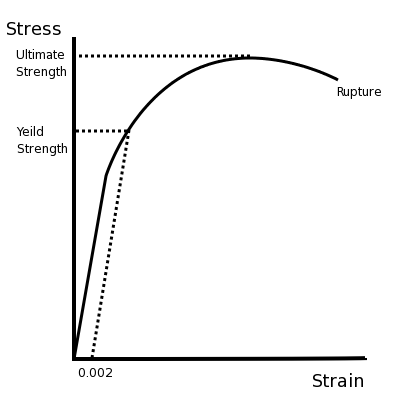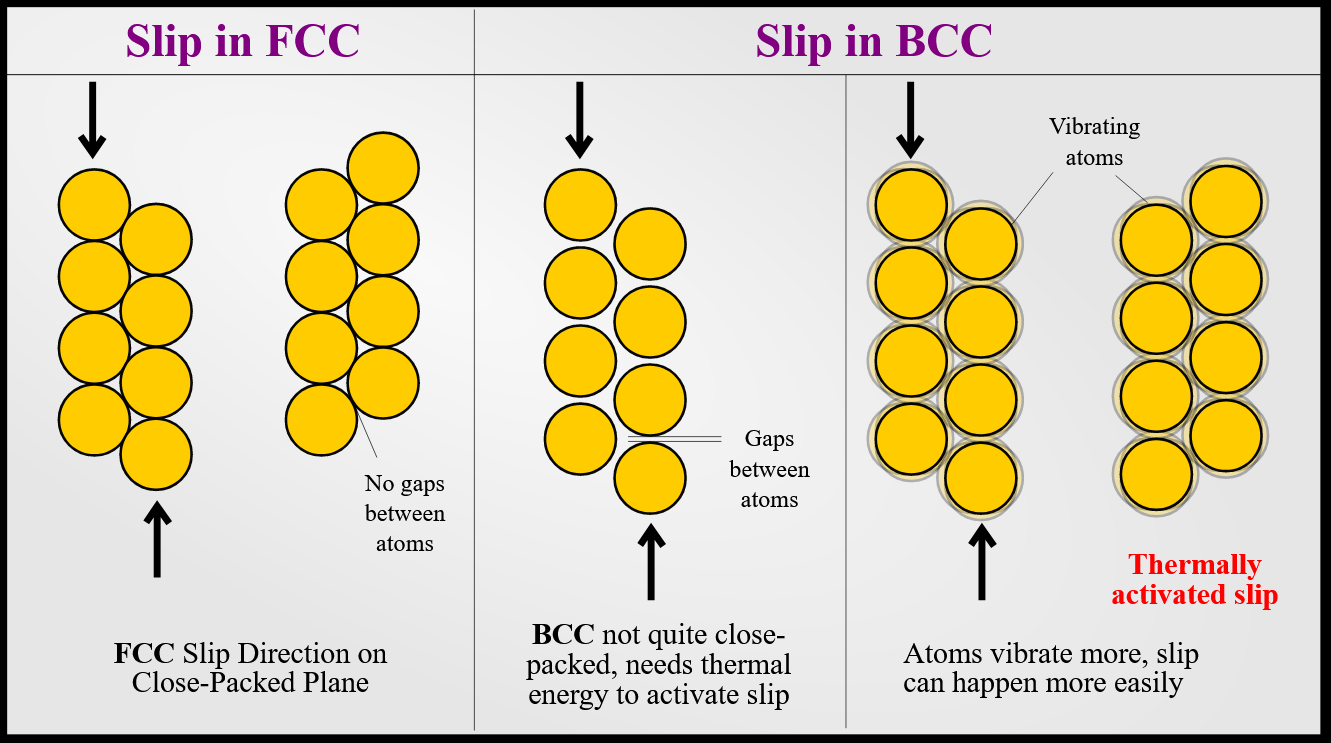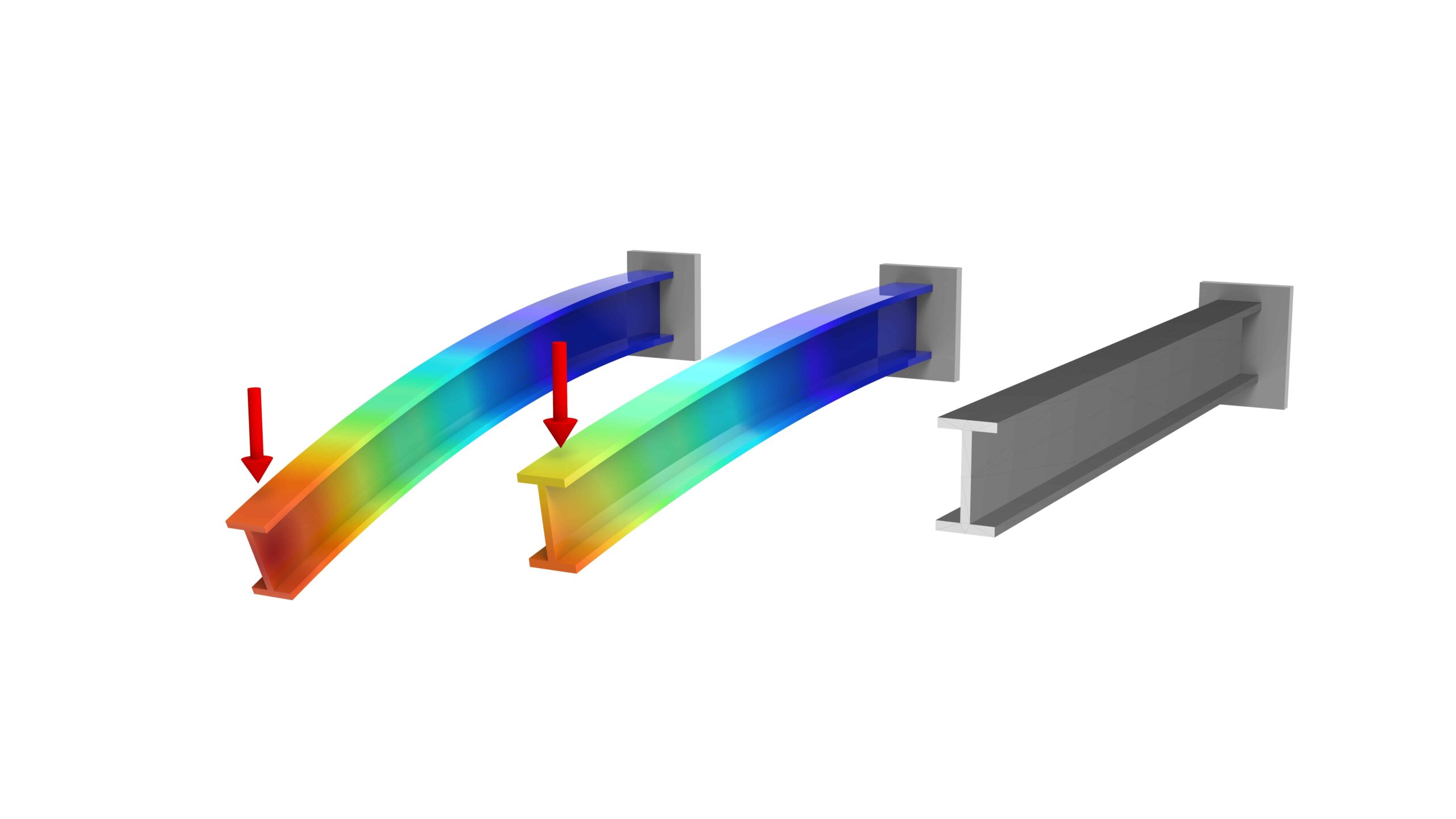When comparing steel and aluminum, steel is noted as the stronger of the two metals because it’s 2.5 times denser than aluminum and has high tensile strength. Steel also offers more corrosion resistance than aluminum. However, aluminum is more ductile than steel, giving it excellent malleability that specifically benefits industries such as aerospace, electrical, and construction.
Below, we take a deeper look at the ductility of steel vs. aluminum and discuss why ductility is important, especially when it comes to structural applications.
What is Ductility?
Ductility refers to a metal’s capacity to withstand plastic deformation without fracturing under stress or strain.
Two different values typically define the strength of a material:
- Ultimate strength: The maximum strength a material can handle before it fails
- Yield strength: The maximum stress a material can withstand when it is deformed within its elastic limit
The ductility of the material refers to the zone between yield strength and ultimate tensile strength. The more distance between the two points, the more ductile the material is.

The Importance of Ductility
Ductility enables structures to bend to some extent without rupturing. This feature is highly useful for designing seismic-resistant structures.
The objective of conventional building codes is to prevent collapse in cases of extreme environmental hazards such as earthquakes. To prevent sudden collapse, the structural response of a building to seismic waves must be high, and it must also be able to simultaneously reduce the vibration amplitude. Adding ductility to structural elements acts as a sink for seismic energies produced during earthquakes.
Using ductile materials in structural applications has the following benefits:
- Adds robustness to structures
- Uniform distribution of stress and force throughout the structure
- Improves strength of members, connections, and structures
- Shows warning of failure before collapse
- Enables structures to survive severe earthquake loading
The Ductility of Steel vs. Aluminum
To better understand the ductility of steel vs. aluminum, let’s first examine each of their structures.
Aluminum forms a repeating crystal structure, which is also known as a face-centered cubic (FCC) structure. One of the advantages of this structure is that it contains slip systems that easily deform when force is applied. This is the reason aluminum is more ductile than steel, which has a body-centered cubic (BCC) structure. A BCC structure does not have a closely packed atomic structure, and it also lacks predominant slip systems like FCC. However, BCC materials can activate slip with thermal energy.

When considering the ductility of steel, steel is an alloy of iron and carbon. In iron, the arrangement of atoms is dependent on temperature, meaning the strength of the steel can be increased through various heat treatment and quenching processes. However, with increased strength, steel begins to lose its ductility. For example, martensite steel is the strongest and hardest steel grade available but it is also the most brittle. The addition of extra alloy elements, along with heating and quenching, can increase the ductility of steel to a great extent. For instance, the addition of a very small amount of carbon to the steel can increase its ductility up to 50% of that of an aluminum alloy.
In comparison, aluminum is a relatively soft material with a low melting point; thus, pure aluminum is highly ductile in nature. Due to its high ductility, aluminum alloys chip more easily than steel or copper, allowing them to be formed close to the end of the product design. As a result, aluminum is highly sought-after, both for prototype and production runs.
The Benefits and Challenges of Machining Steel and Aluminum
The ductility of steel vs. aluminum allows them to develop formability without getting damaged. Steels can be drawn into wires, beams, bars, and frames to meet specific requirements of any construction. Likewise, you can make use of aluminum’s ductility to create tooling plates, rods, tubes, foils, wires, and more. As aluminum conducts and dissipates heat quickly, it remains stable with less distortion during arc welding, as compared to steel or copper.
However, all these benefits come with costly machining challenges. While machining ductile metals, the cutting tool creates compressive stress on the workpiece. The stress gradually converts into shear stress of different magnitudes and propagates in multiple directions to the angle of cutting. When this shear stress exceeds the material strain, the formation of continuous chips takes place. The built-up material bonds to the tool tip and the workpiece, resulting in poor surface finish and requiring the tool to cut with a larger force with each pass.
To overcome this challenge, it’s important to use high-end tools at a low speed with a high friction force backed by a high feed rate. The absence of the right tools and expertise can lead to more waste and the overconsumption of raw materials, resulting in a poor ROI.
Precision Metal Cutting From a Trusted Local Supplier
Industrial Metal Service has been offering metal sawing services to fabricators and machine shops in the San Francisco Bay Area and beyond for more than two decades. Our MetlSaw NF12-T12 can easily cut through 12-inch-thick aluminum plates while holding the tightest tolerances, and our Amada PCSAW 530 X band saw with pulse cutting technology can quickly and precisely cut through even the toughest of steels. By taking advantage of our precision metal cutting services, you can reduce material waste and labor costs while accelerating your production processes.
 Angle
Angle Cast Plate
Cast Plate Diamond Plate
Diamond Plate Flat Bar
Flat Bar Plate
Plate Round Bar
Round Bar Square Bar
Square Bar Square Tubing
Square Tubing Round Tubing
Round Tubing Angle
Angle Channel
Channel Diamond Plate
Diamond Plate I Beam
I Beam Round Bar
Round Bar Sheet
Sheet Square tubing
Square tubing Round Tubing
Round Tubing Rectangular Tubing
Rectangular Tubing Plate
Plate Rectangular Bar
Rectangular Bar Rectangular Tubing
Rectangular Tubing Round Bar
Round Bar Sheet
Sheet Square Bar
Square Bar Square Tubing
Square Tubing
